Seventeenth Century Art: from Baroque to Classicism
Lacour wing
European Caravaggism
Although Caravaggio (1571-1610) never established a workshop, his theatrical new style influenced the whole of Europe, inspiring generations of artists who travelled through Rome during the 1600-1620s and beyond. Seduced by his dramatical personal life and his descriptive naturalist paintings in chiaroscuro, his followers imitated his use of light to enhance the physical reality of sacred and profane scenes. Through them, Caravaggism became an international movement in Europe and one of the keystones of Seventeenth Century Art as goes to show our collection of Italian, French, Dutch and Spanish paintings.
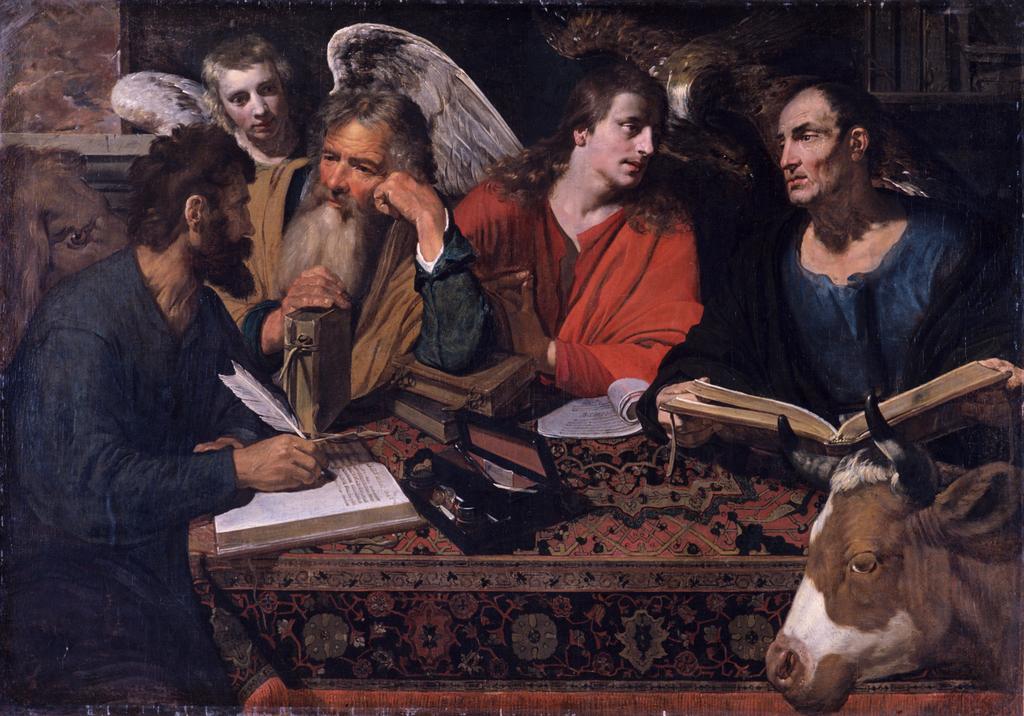
Artus Wolfaerts, Les Quatre Evangélistes, 17e siècle
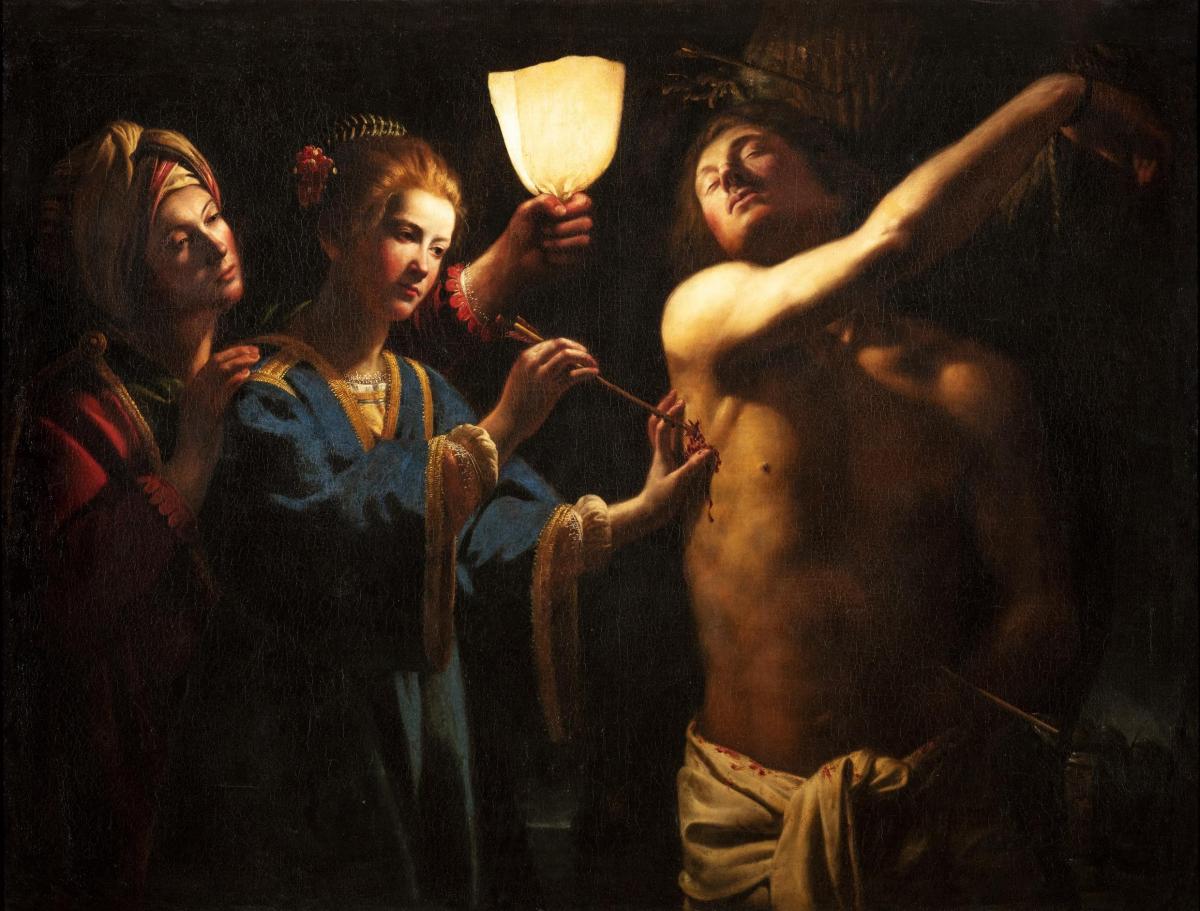
Maître à la chandelle, Saint Sébastien soigné par Irène, première moitié du 17e siècle.
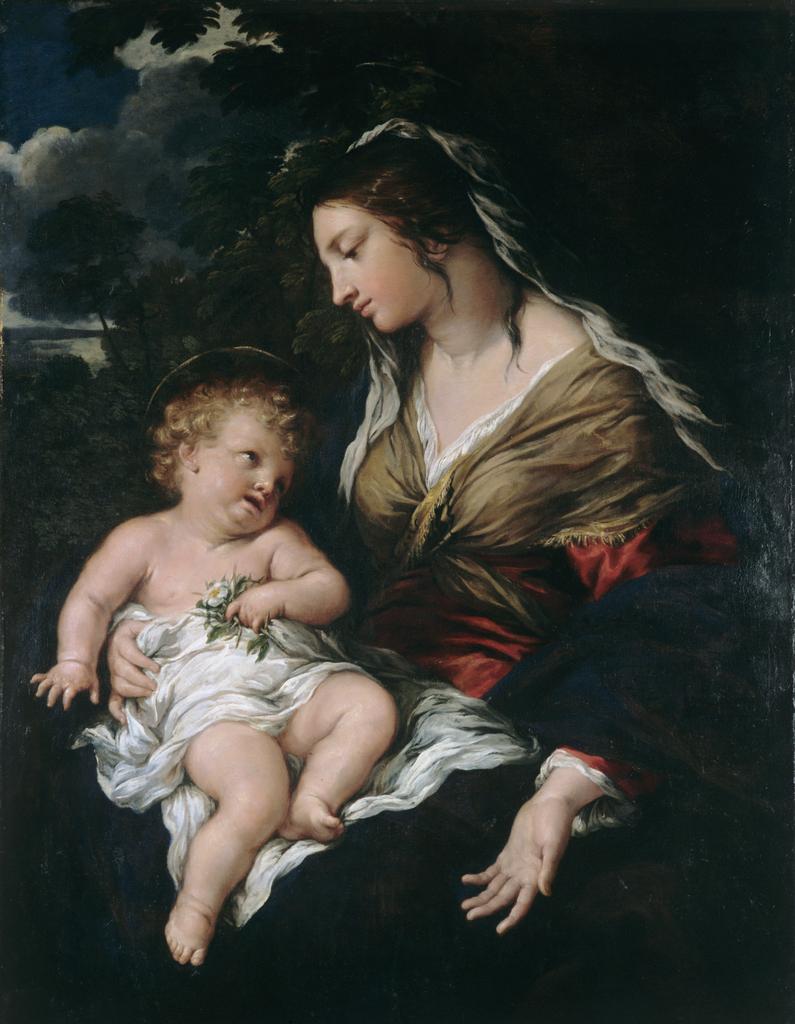
Pierre de Cortone, Vierge à l'Enfant, vers 1641.
The Golden Age of the Low Countries
The Low-Countries experienced a flourishing of cultural activities during the 17th Century: in the Flanders, religious themes dominated the artistic scene whereas in Holland, Genre painting enjoyed enormous popularity. With the influx of trade boosted by Maritime commerce, the large middle and merchant class became art patrons. They commissioned landscapes, which became a genre in itself, and still-lives punctuated with symbols of the fleeting nature of earthly pleasures. A Dutch tradition of portraiture also flowered, celebrating the rise of the Bourgeoisie’s new status.
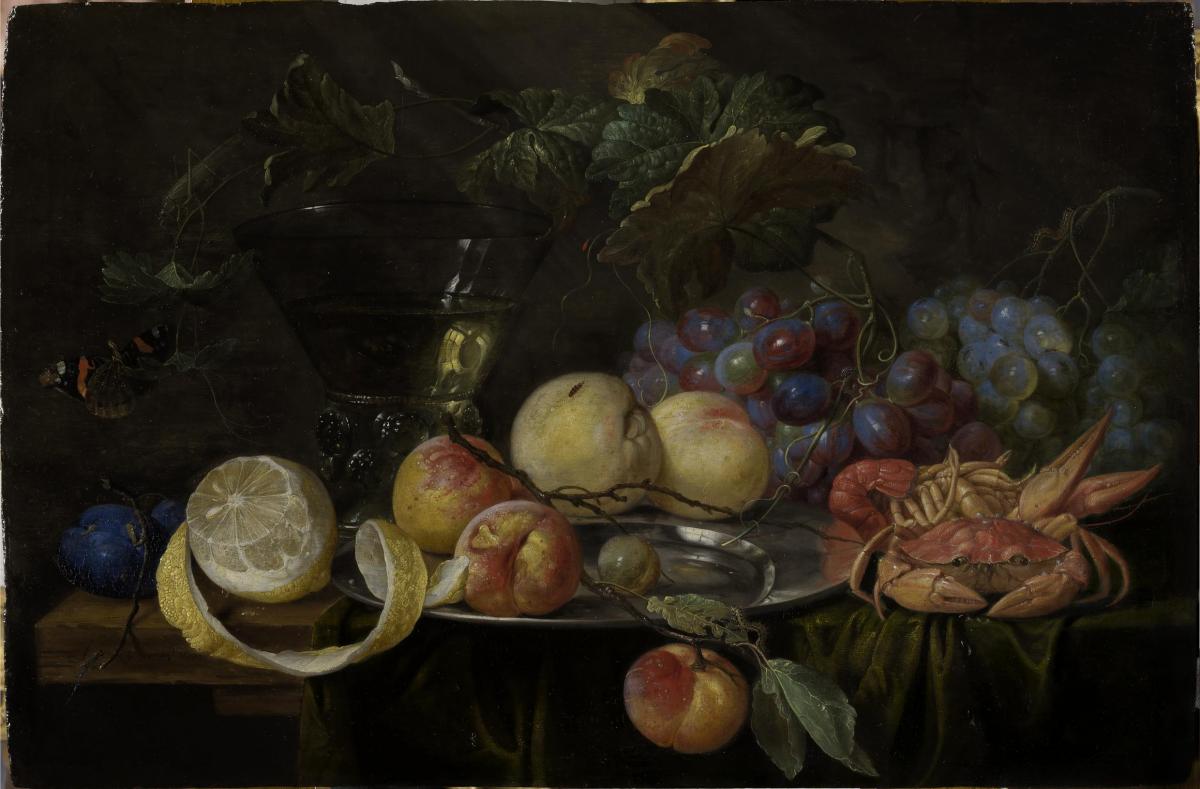
Jan Van Kessel, Nature morte aux fruits et crustacés, 1653
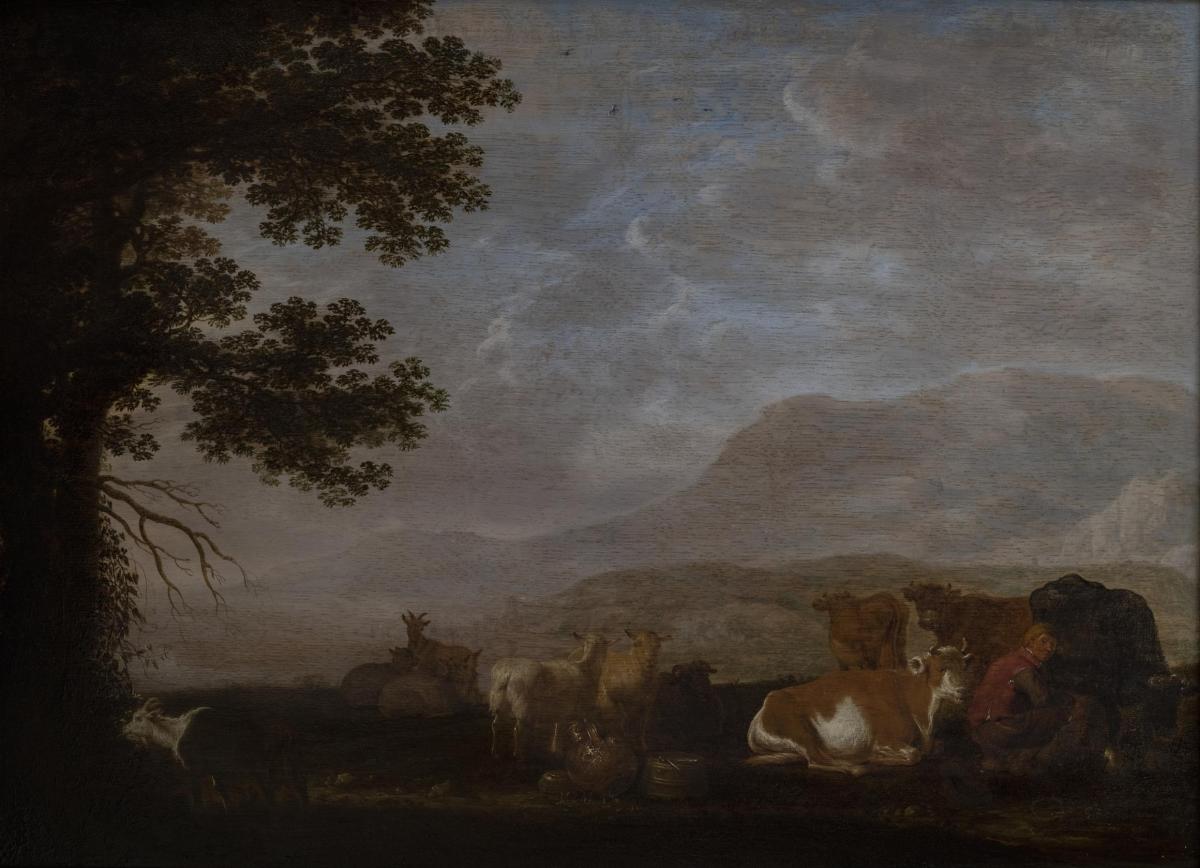
Cornelis Saftleven, Paysage pastoral avec un trayeur, 1642
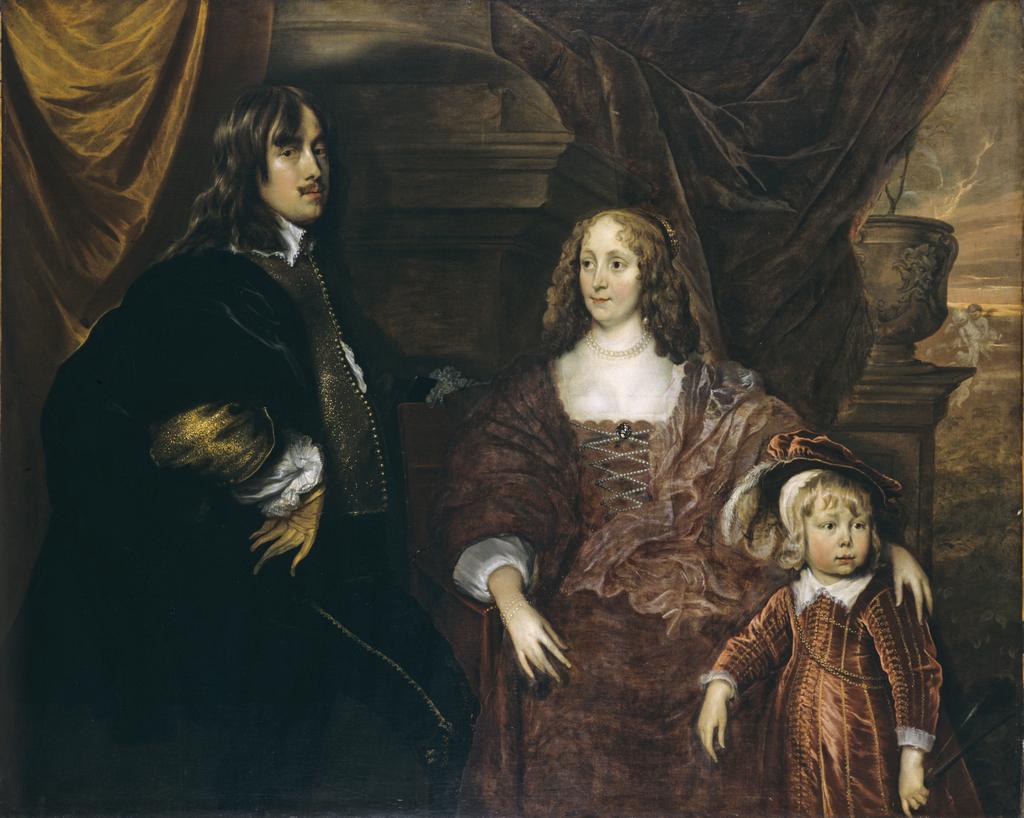
Adriaen Hanneman, Portrait de famille, vers 1660
Around the pivotal figure of Rubens
Peter Paul Rubens was a European artist. Born in Koln, he settled in Antwerp after a long sojourn in Italy. He worked for the royal courts of Spain, France and England and absorbed the different styles of each artistic school with astonishing talent. Not only a pivotal figure on the international stage, he also excelled in every genre, whether it be religious pictures, mythological scenes, classical and modern history or portraits, all with his brilliant use of colour. The emulation of his students – such as Hoecke, Seghers or Boeckhorst –, made his Antwerpian workshop one of the most prominent in Europe, as our collection demonstrates, showing the diversity and richness of this Flemish School.
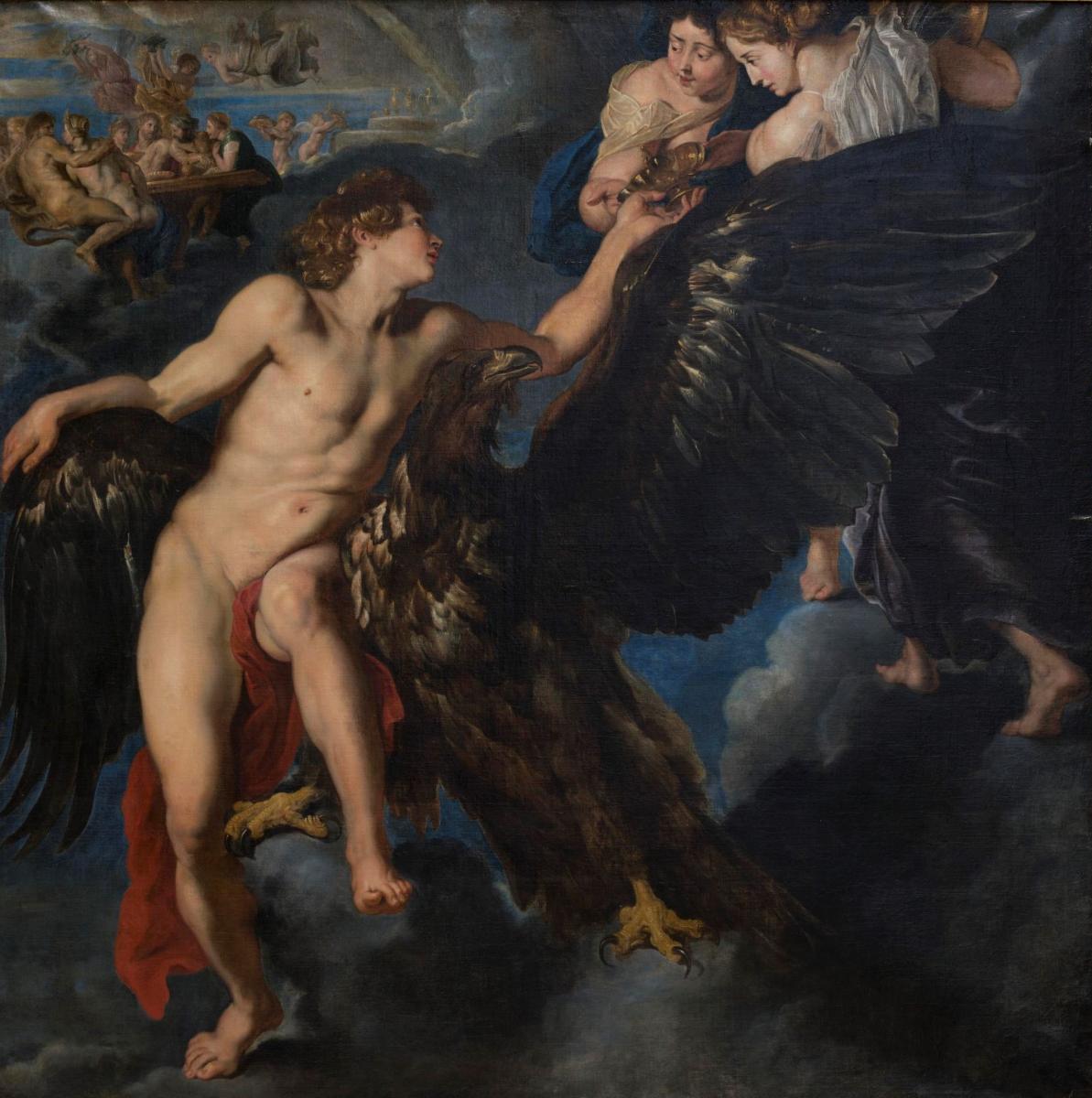
Pierre Paul Rubens, L'enlèvement de Ganymède, 1612
French Classicism. 17th-18th Centuries
Classicism of the Ancien Régime, characterised by the conventions of classical art and rhetorical gestures conveying “Ideal Beauty”, celebrated moral themes encouraging spiritual meditation or carrying a moral or philosophical message. If the beginning of the 17th Century reaffirmed the value of religious images produced in the wake of the Council of Trent, the end of it saw the consolidation of Absolute Monarchy. The Académie royale de Peinture et de Sculpture, founded by Louis XIV ranked History Painting and portraiture as the highest genres, endorsing a hierarchy that celebrated the heroic actions of Great Men.
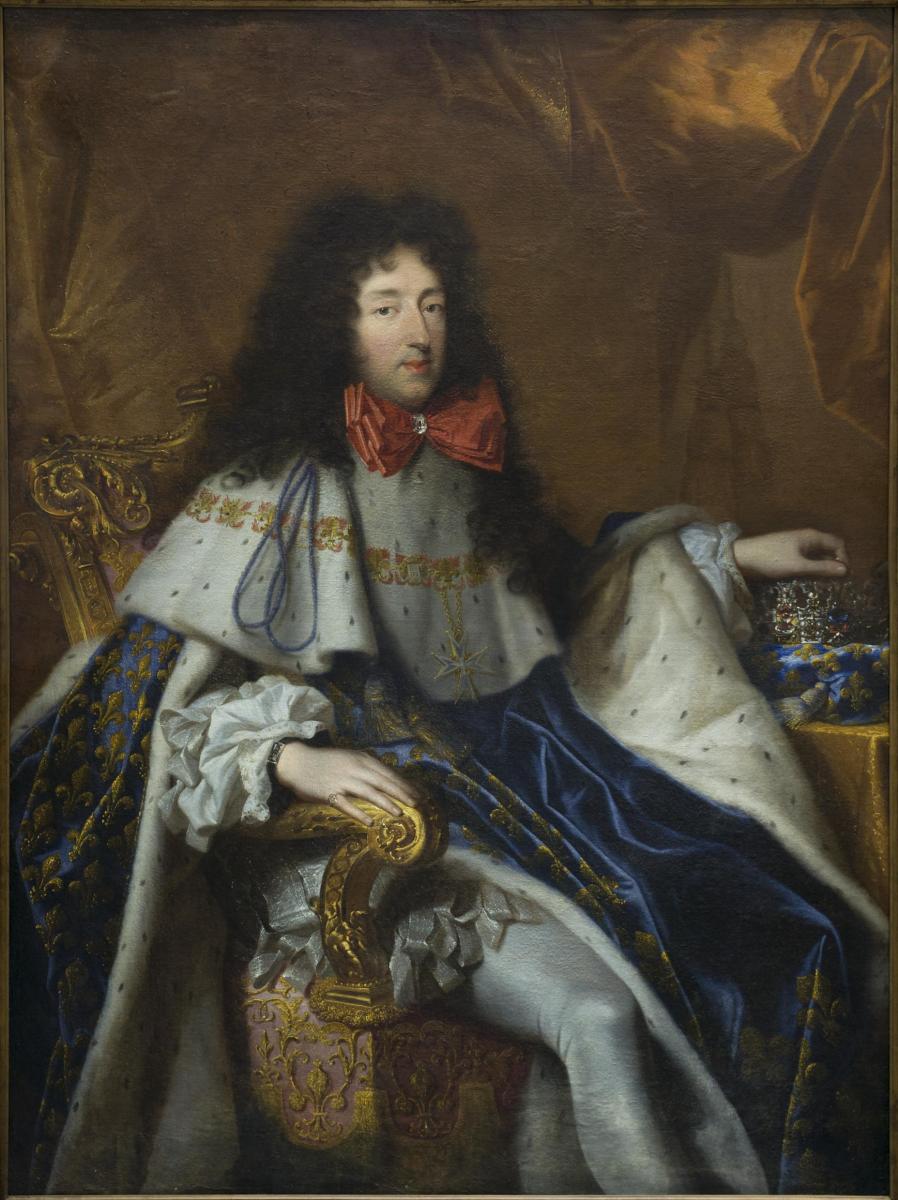
Louis Ferdinand Elle l'Aîné, Portrait de Philippe d'Orléans, frère de Louis XIV, 17e siècle.







